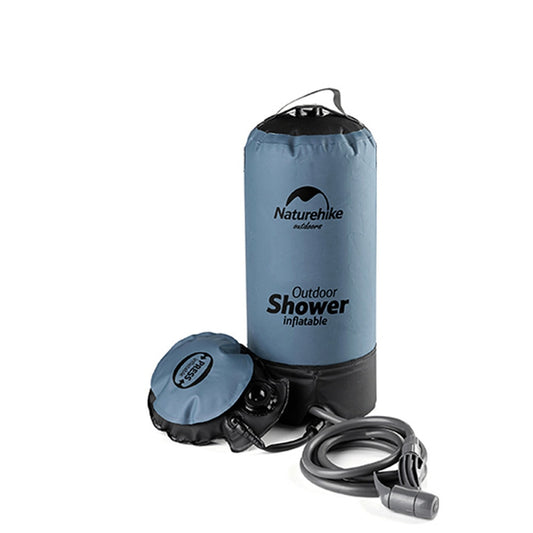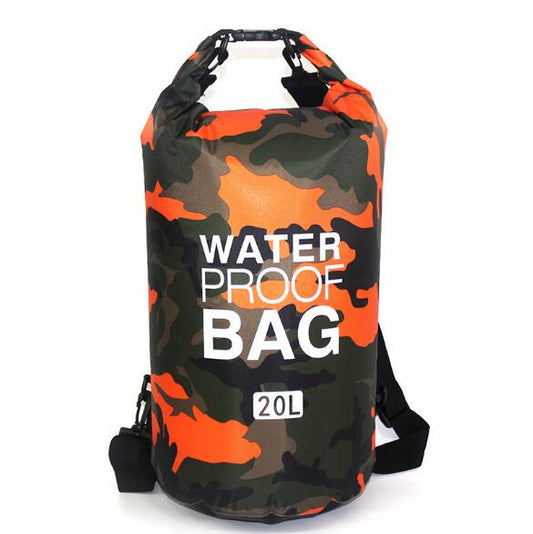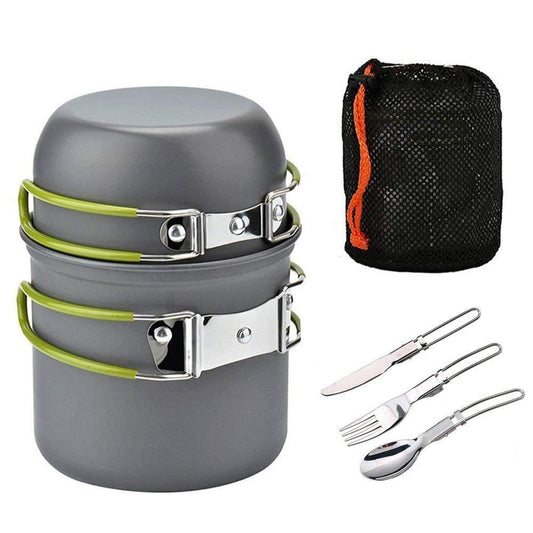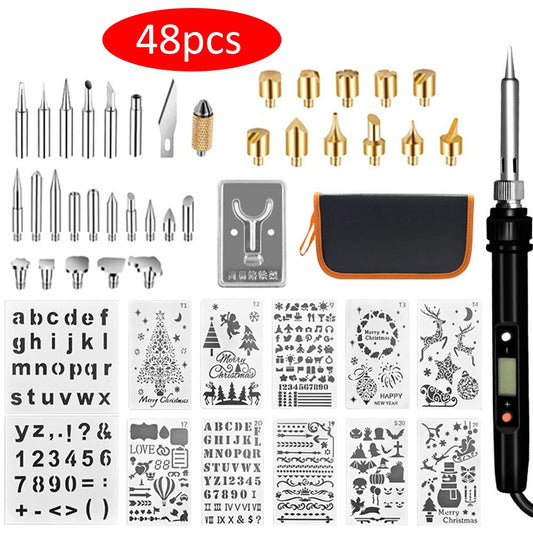
How To Survive Everything Apocalyptic, Part 3
Share
In How to survive everything apocalyptical, part 2 we talked about how important it is to watch the economy and the products and services that are offered, so you can create win-win trades to increase the chances of your community to start to thrive.
In economics, there are two main divisions to consider: microeconomics (micro) and macroeconomics (macro).
- When we look at individual actions and choices, or the decisions made by companies, we are looking at the micro side of things.
- Policies or data that apply to the economy as a whole rather than to an individual or company, are the realm of macro.
When we hear news of the unemployment rate of a country, the growth rate of developing nations or information from the latest Federal Reserve Board meetings, the discussion has turned to macro.
Economics is the study of how individuals (at the micro level) and societies (at the macro level) can use their limited available resources to deal with the problem of the constant wants.
Even if you view yourself as a minimalist, there are still items you would like to acquire for yourself. Maybe you don’t envision yourself with a Porsche or Maserati, but there is always something that you want which is in short supply.
Clean water, perhaps? Whenever we have a situation where there isn’t enough to go around, so that everyone has as much as they want, economists say there is scarcity. There are a several ways to deal with scarcity.
Essentially, these revolve around the idea of how goods and services should be distributed among the people in the community. Decisions are made to guide societies in answering three key questions:
- What to produce
- How to produce it
- For whom are those things being produced for.
The way a community chooses to answer these questions will have a significant impact on the quality of life of the people who live in that community. At one end we have a free market economy. The three questions of what, how, and for whom, are decided by individuals with no intrusion from the government.
1. What to produce: If you want to start up a hamburger stand because you see a hole in the market, you do it. How you make the hamburgers is up to you. If you want to buy all your meat and produce with in your community, that’s your choice. If you want to press your hamburgers in a waffle iron, that is your choice. If you want to spread peanut butter on your hamburger buns, that is also your choice. Whom you market to is also up to you. Everything is up to you, if you succeed, you are rewarded by increased profits.
The flip side of that is if you make bad decisions (peanut butter hamburgers?), you also have to face the losses resulting from your poor choices. This is not a comfortable easy kind of economic system. It is a dog-eat-dog world and you’re wearing bacon underwear.
2. How to produce it: Success is not guaranteed no matter how much work you put in. However, the anticipation of financial gains or being your own boss motivates many people to give it a try, even though the fear of losses can create caution.
On the other end is a command economy. In a command system the questions of what, how, and for whom are answered by the government. People aren’t free to choose what they want to produce, how or for whom. If you want to be a doctor, but the government decides you will be a gymnastics coach, you’d better learn that front handspring. The biggest problem with the command system is that it doesn’t respond very fast when things go wrong. The chain of command is the person that is controlling the economy and it slows down production.
In a market economy, if you work in a wood factory and the saw that cuts the wood needs a new blade, you can order a replacement from your supplier.
In a command economy, you notify the boss and he starts filling out the paperwork to request a saw blade from the government approved saw blade shop. Now you get to wait for permission to acquire that blade. That paperwork is sitting on the desk of some bureaucrat’s office. Government, can’t act quickly enough to effectively deal with all of your communities problems, in timely manner.
3. For whom are those things being produced for: Every economy combines individual freedom and government control in varying amounts. In market leaning economies, governments frequently step in to regulate businesses. In the US, for instance, you aren’t supposed to sell alcohol to consumers unless they are 21 or over. In command-leaning economies, there are exceptions to total government control.
Economic systems help to create the ways communities organize and allocate resources to reach certain goals. Market systems give these decisions to the individuals guided by market forces, while command systems are more carefully coordinated by government officials.
At the macro level, attention is often concentrated on three areas – price stability, low unemployment, and economic growth. Achieving this trifecta is referred to as economic stability. When economists consider economic growth the only real consensus is that the community wants economic stability.
Thank you for reading about the third part of How to Survive Everything Apocalyptic. If you are in need of survival or prepping gear, feel free to check out our Prepping & Survival collection.
























